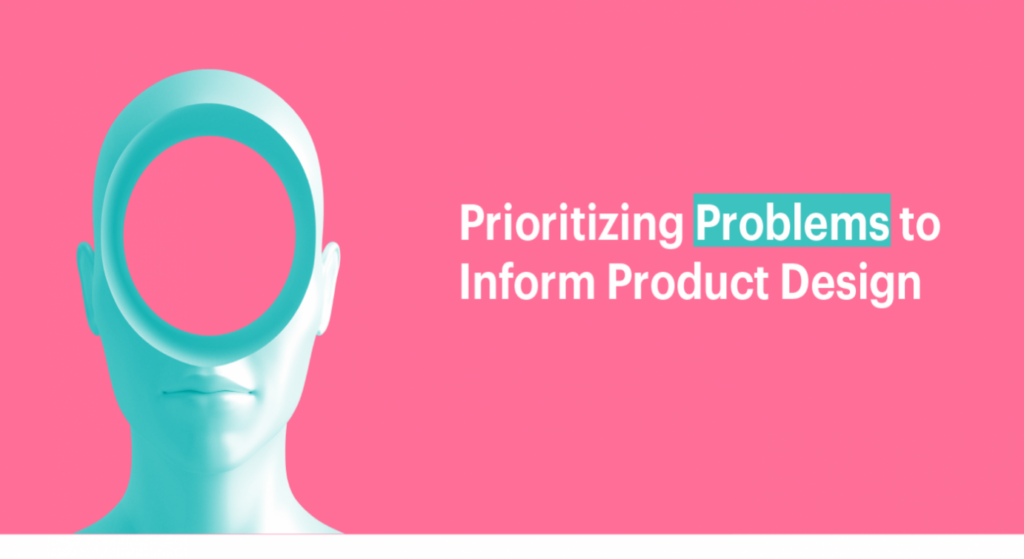Managing Complexity: How to Embrace the Chaos and Make the Most Out of It
- The article explores strategies for managing complexity in product management, emphasizing the importance of embracing chaos, defining clear goals, fostering collaboration, and iterating to adapt to evolving challenges.
Share:Managing Complexity: How to Embrace the Chaos and Make the Most Out of It
Share this link
- May 21, 2024
2 min read








